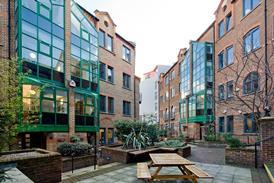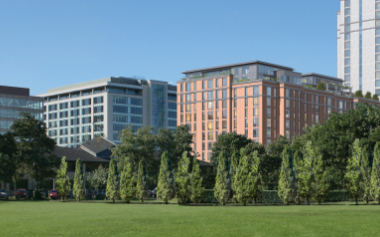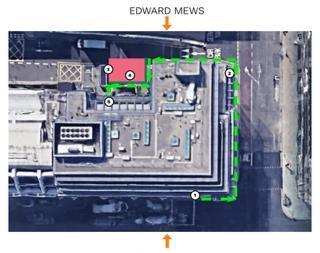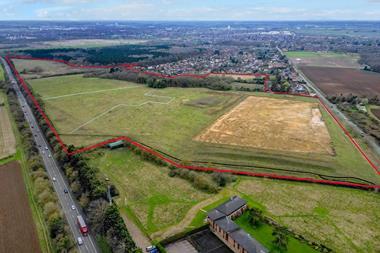The build-to-rent (BTR) sector has come a long way in the past few years. The benefits of BTR to accelerate housing delivery, increase supply and improve housing standards are beginning to be recognised.

But not enough. BTR is still misunderstood by too many and it is sadly leading to poor policy decisions. One common misconception is that the sector tends towards luxury or high-end price points.
However, this goes against the very core principle of the BTR business model, which is about generating long-term sustainable rental income. To achieve this, the building needs to be priced so that it has a high level of occupancy and at prices that the customers can sustainably afford.
Good BTR investment will begin with the customer. Who will live there? What jobs do they have? And how much do they earn?
The answers to these questions are fundamental in BTR, and they ultimately lead to land value. BTR developers can only afford to pay a price for the land that will be supported by the rents that can be charged and therefore the rents customers can afford.
Find out more - Can the BTR sector sustain its rapid growth?
Too often this is a lower residual land value than a typical private housing for sale scheme and BTR investors either lose out or are forced to pay a higher price, which must then be recouped through higher rents.
This basic understanding of BTR is essential. A failure to appreciate this is why the London Plan’s 35% affordable housing threshold is at risk of inflating private rents in BTR schemes and will probably undermine this nascent sector before it has even learned to walk.
I understand the political reasons for it, but they go against the economics. Requiring the same section 106 contributions or affordable housing provision for two such different housing tenures (private for sale versus BTR) is counter-intuitive and counterproductive.
Part of the solution

BTR must certainly do its fair share in providing affordable housing. Certain BTR sites will be able to provide 35% or more affordable housing, such as our Apex House scheme in Haringey, north London, but many others cannot.
This is not a call for BTR to be let off the hook. Quite the opposite. It simply can’t be treated on the same basis as private for-sale housing.
Our own detailed financial modelling shows that the land value for a private for-sale housing scheme is 30% more valuable than for a BTR scheme.
The new national planning policy framework and national planning practice guidance wording acknowledges this difference and is a very positive step forward. It is important, however, that we continue to make the case for BTR, take the time to explain it better and demonstrate its positive impact on the housing market and the economy.































No comments yet